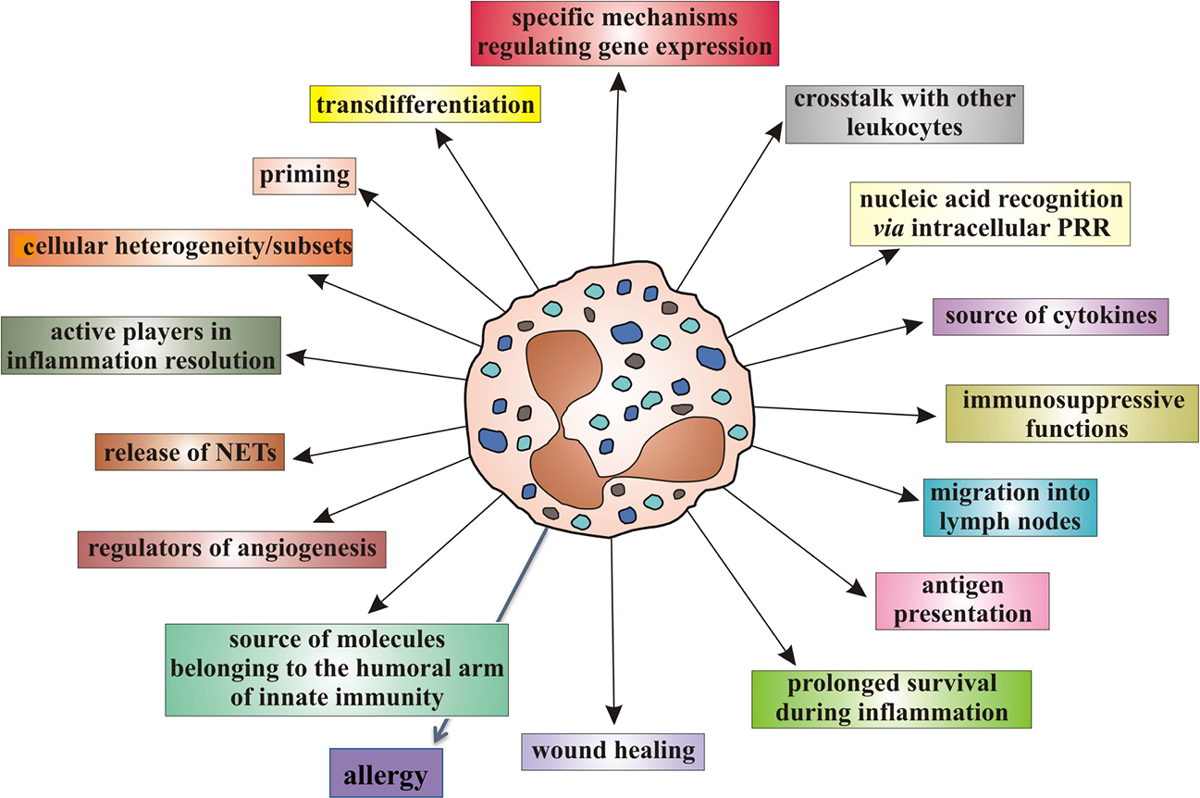The Clinical Aspects Of The Acute Facet Syndrome: Results From A Structured Discussion Among European Chiropractors
SOURCE: Chiropractic & Osteopathy 2009 (Feb 5); 17: 2
Lise Hestbaek, Alice Kongsted, Tue Secher Jensen,
and Charlotte Leboeuf-Yde
Nordic Institute of Chiropractic and Clinical Biomechanics,
Odense M, Denmark.
l.hestbaek@nikkb.dk
Background The term ‘acute facet syndrome’ is widely used and accepted amongst chiropractors, but poorly described in the literature, as most of the present literature relates to chronic facet joint pain. Therefore, research into the degree of consensus on the subject amongst a large group of chiropractic practitioners was seen to be a useful contribution.
Methods During the annual congress of The European Chiropractors Union (ECU) in 2008, the authors conducted a workshop involving volunteer chiropractors. Topics were decided upon in advance, and the participants were asked to form into groups of four or five. The groups were asked to reach consensus on several topics relating to a basic case of a forty-year old man, where an assumption was made that his pain originated from the facet joints. First, the participants were asked to agree on a maximum of three keywords on each of four topics relating to the presentation of pain: 1. location, 2. severity, 3. aggravating factors, and 4. relieving factors. Second, the groups were asked to agree on three orthopaedic and three chiropractic tests that would aid in diagnosing pain from the facet joints. Finally, they were asked to agree on the number, frequency and duration of chiropractic treatment.
Results Thirty-four chiropractors from nine European countries participated. They described the characteristics of an acute, uncomplicated facet syndrome as follows: local, ipsilateral pain, occasionally extending into the thigh with pain and decreased range of motion in extension and rotation both standing and sitting. They thought that the pain could be relieved by walking, lying with knees bent, using ice packs and taking non-steroidal anti-inflammatory drugs, and aggravated by prolonged standing or resting. They also stated that there would be no signs of neurologic involvement or antalgic posture and no aggravation of pain from sitting, flexion or coughing/sneezing.
Conclusion The chiropractors attending the workshop described the characteristics of an acute, uncomplicated lumbar facet syndrome in much the same way as chronic pain from the facet joints has been described in the literature. Furthermore, the acute, uncomplicated facet syndrome was considered to have an uncomplicated clinical course, responding quickly to spinal manipulative therapy.
From the Full-Text Article:
Background
The term ‘facet joint’ became common in the 1970s, when surgeons developed an interest in the small joints of the lumbar spine as a source of low back pain. The formal name for these joints is the zygapophyseal joints, as endorsed by The International Anatomical Nomenclature Committee. [1] They were suggested as a source of pain as early as 1911 [2] and the term ‘facet syndrome’ was introduced by Ghormley in 1936. [3] However, due to the discovery of the lumbar disc as a source of low back pain, the facet joints did not receive much further attention until the 1970s. In 1976, Mooney and Robertson demonstrated that the facet joints could be a source of pain and that certain patients could be relieved from pain by anesthetizing these joints. [4] These findings were later reproduced [5, 6] and thus confirmed the basis for the concept of ‘facet syndrome’, ‘facet joint pain’ or ‘zygapophyseal joint pain’. The term ‘facet syndrome’ is really a contradiction in terms. A syndrome is characterized by a set of detectable characteristics, usually used when the pathophysiology has not yet been discovered. [7] In the case of ‘facet syndrome’, the source of pain is identified but the clinical presentation is poorly defined. Nevertheless, the term is widely used and a Medline search in July 2008 on ‘facet syndrome’ yielded 351 hits.
Read the rest of this Full Text article here!





Leave A Comment